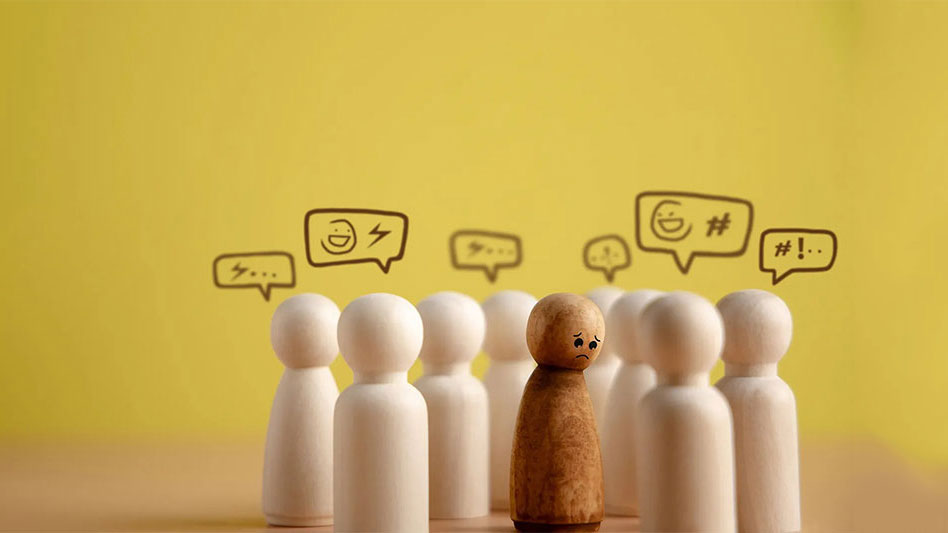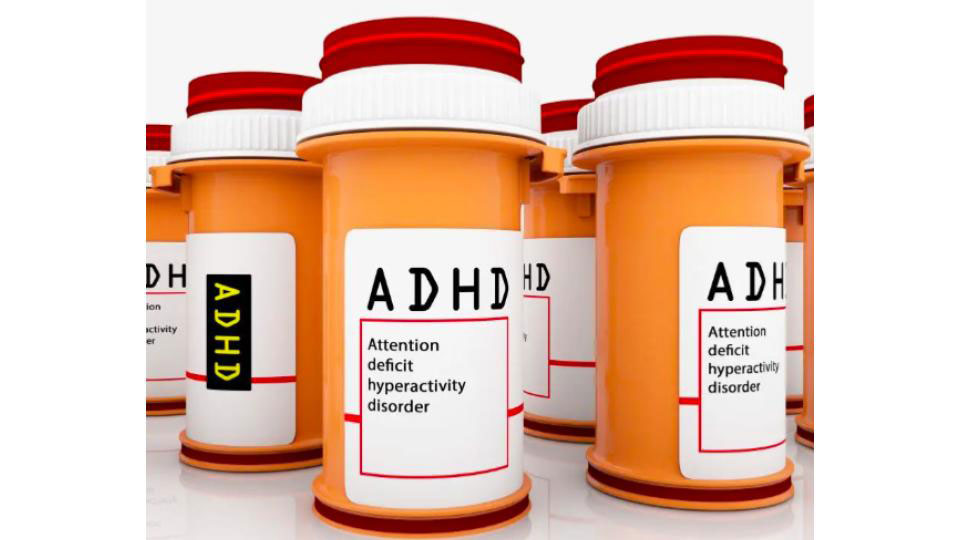Bullying

Bullying is a repeated aggressive behaviour that is intentional and involves an imbalance of power. It can take various forms, including physical, verbal, relational, or cyberbullying. Bullying can occur in various settings, such as schools, workplaces, or online platforms.
Symptoms
Some of the following signs can indicate if a child is experiencing bullying:
- Behavioural Changes/Changes in Social Patterns: Sudden withdrawal from social activities, reluctance to go to school, or a significant drop in academic performance. Unexplained changes in behaviour, such as increased aggression or moodiness. Loss of friends or reluctance to interact with peers. Sudden isolation, both in person and online.
- Emotional Signs: Frequent displays of fear, anxiety, or sadness. Reports of feeling upset, fearful, or unhappy about attending school or specific social situations.
- Physical Symptoms/Changes in Sleeping or Eating Habits: Unexplained physical complaints, such as headaches, stomachaches, or other psychosomatic symptoms. Frequent illnesses or weakened immune system due to stress. Difficulty sleeping or frequent nightmares. Changes in appetite or eating habits, such as overeating or undereating.
- Damaged or Missing Belongings/Unexplained Injuries: Unexplained damage to personal items or loss of personal belongings (e.g., school supplies, clothing). Frequent unexplained injuries like bruises, cuts, or scrapes. Frequent visits to the school nurse or the school requesting information about injuries.
- Avoidance of Specific Places or People: Avoiding certain places or individuals at school or in the neighbourhood. Fearful or anxious reactions when encountering the alleged bully or their associates. Making frequent requests to stay home from school or participate in extracurricular activities without clear reasons.
- Emotional Clues in Art or Writing: Expressing concerns, fears, or details about bullying in drawings, essays, or other creative outlets.
Impact
Bullying can have a significant and lasting impact on children. It’s important to be aware of these potential consequences to address the issue effectively. Here are some specific impacts of bullying on children:
- Emotional Impact: Bullying can erode a child’s self-esteem and self-worth, leading to feelings of inadequacy and worthlessness. These children are at a higher risk of developing depression, and have heightened levels of anxiety. Some children may experience long-lasting emotional trauma, which can affect their mental health and well-being.
- Social Impact: Bullied children may withdraw from social activities and friendships, leading to feelings of loneliness and isolation. Trust issues can arise, making it challenging for these children to build healthy relationships. They may also be ostracised by their peers, further isolating them and affecting their social development.
- Academic Impact: Bullying can lead to a decline in academic performance, due to the emotional and social impacts the child faces. Some children may avoid school altogether, leading to a negative impact on their education.
- Physical Impact: The stress and anxiety associated with bullying can lead to physical health issues like headaches, stomachaches, and sleep disturbances. In some cases, some children may engage in self-harming behaviours as a way to cope with the emotional pain.
- Long-Term Effects: The emotional trauma from bullying can increase the risk of developing long-term mental health conditions, such as anxiety disorders, post-traumatic stress disorder (PTSD), or suicidal ideation. Children who have been bullied may exhibit behaviour problems, aggression, or become bullies themselves in response to their own experiences.
Potential Underlying Causes
Bullying behavior in children can be the result of various underlying causes and contributing factors. Here are some potential underlying causes of bullying in children:
- Home Environment: Children who witness aggressive or abusive behavior at home may model this behavior in their interactions with peers. Absence of positive role models or a healthy example of conflict resolution at home can contribute to bullying behavior.
- Peer Pressure: Some children may engage in bullying to gain acceptance or approval from a particular group of peers. In some cases, children may bully others to avoid becoming victims themselves.
- Low Empathy and Social Skills: Children who struggle to understand and relate to the feelings of others may engage in bullying without considering the emotional impact on their victims. Limited social skills can make it challenging for children to navigate conflicts and disagreements effectively, leading to bullying as a response.
- Coping Mechanism: Some children may resort to bullying as a way to cope with their own stress, frustration, or internal conflicts. Bullying can be a means for children to express anger or other difficult emotions they are unable to communicate in healthier ways.
- Cultural or Social Factors: Prolonged exposure to violent or aggressive media content can influence a child’s behavior and perception of conflict resolution. Cultural or social norms that tolerate or even encourage aggressive behavior can contribute to bullying tendencies.
Treatment
It’s crucial to recognize the potential impacts of bullying on children and take appropriate measures to address and prevent it. Support, open communication, and intervention from parents, teachers, and mental health professionals are essential to help children cope with and recover from the effects of bullying.
Addressing bullying often involves a multi-faceted approach, including:
- Prevention Programs: Schools and higher educational institutions can implement anti-bullying programs to raise awareness and promote a culture of respect. Providing education about the consequences of bullying to both bullies and victims is important.
- Counseling: Children may benefit from counseling and therapeutic intervention to address emotional trauma and build resilience.
It’s important to address bullying promptly and comprehensively to minimize its negative impact and create a safer environment for everyone involved.
Related Blogs

Treating OCD at STEPS


Types of Obsessive Compulsive Disorder

Obsessive Compulsive Disorder Overview, Symptoms and Prevalence

Treating ADHD at Steps : Therapy

